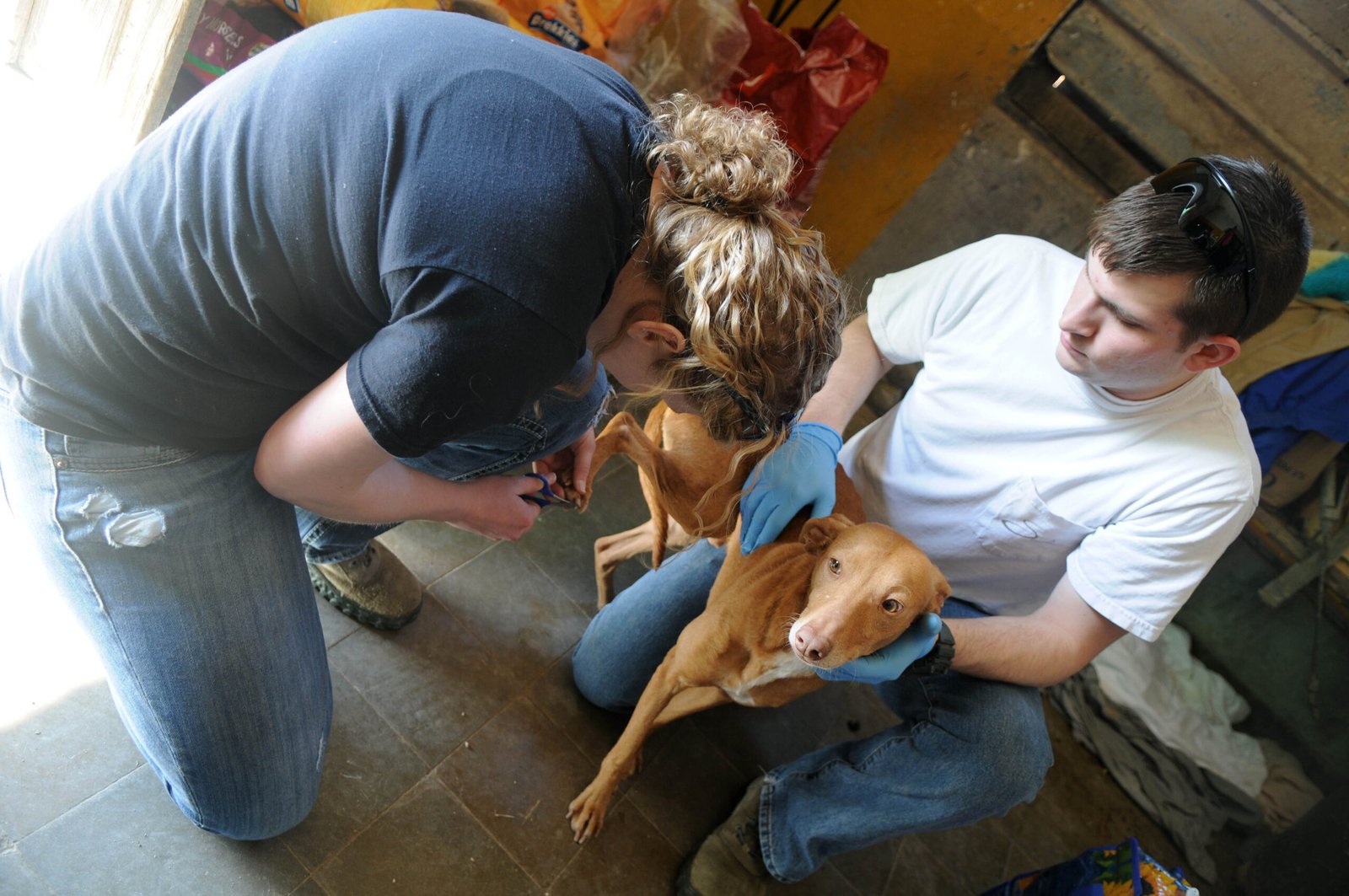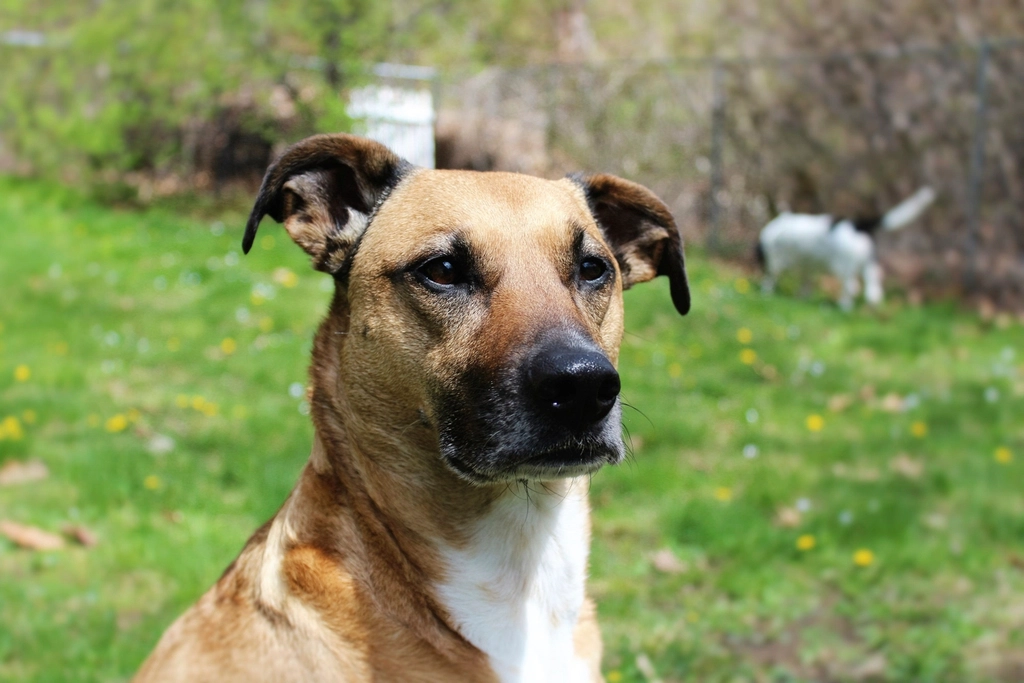Animal lovers often dream of a world where every animal finds a loving home, and no creature is put down due to space or resource limitations. No kill shelters aim to provide just that by refusing to euthanize healthy or treatable animals. However, while the concept of a no kill shelter sounds idyllic, there are several challenges and disadvantages that often go unnoticed. If you are a horse lover, or simply an animal enthusiast, understanding these challenges is crucial to painting a complete picture of such shelters.
Overcrowding: A Growing Concern

One of the most significant disadvantages of no kill shelters is overcrowding. With a commitment to saving every animal that comes through their doors, these shelters quickly fill up. Imagine a barn filled with more horses than it can comfortably hold. Overcrowding can lead to stress for the animals as they jostle for space and resources. In such cramped conditions, animals may not get the attention or care they need, resulting in potential health issues. The quality of life for these animals can diminish, contrary to the very mission of such shelters.
Furthermore, overcrowding can make it challenging to maintain cleanliness and hygiene. When too many animals are crammed into a limited space, it becomes difficult to keep the area clean. This can lead to the spread of diseases, making it a breeding ground for infections. The sheer volume of animals can overwhelm the staff and volunteers, leading to burnout and a decreased ability to provide the care each animal deserves.
Limited Resources and Funding

Running a no kill shelter requires significant resources, and funding is often a major challenge. Unlike for-profit businesses, these shelters rely heavily on donations, grants, and volunteers. Imagine managing a large horse stable without sufficient funds for feed, medical care, and maintenance. The financial strain can hinder the shelter’s ability to provide proper care for the animals. Many no kill shelters struggle to cover basic operational costs, let alone the additional expenses incurred by long-term residents.
Additionally, limited resources can affect the quality of medical care provided to the animals. With budget constraints, shelters may not be able to afford advanced veterinary treatments or medications. This can result in prolonged suffering for animals with treatable conditions. The struggle to balance limited resources with the need to care for a growing number of animals is a persistent challenge for no kill shelters.
Behavioral Issues and Rehabilitation Challenges

Animals entering no kill shelters often come from traumatic backgrounds, and addressing their behavioral issues is crucial for successful rehabilitation. However, with limited resources and overcrowding, providing individualized attention becomes difficult. Imagine trying to train a skittish horse in a bustling, noisy stable. The environment can exacerbate behavioral problems rather than mitigate them.
Furthermore, without proper rehabilitation, these animals may become long-term residents, as potential adopters often look for well-behaved companions. The inability to address behavioral issues can lead to a cycle where animals remain in the shelter for extended periods, taking up space and resources that could be used for other animals in need. This highlights the importance of specialized training and rehabilitation programs, which are often lacking due to financial and staffing constraints.
Adoption Challenges

While no kill shelters aim to find homes for every animal, the reality is that not all animals are easily adoptable. Some may have medical or behavioral issues that deter potential adopters. Imagine trying to find a home for a horse with a limp or a nervous temperament. The challenge is not just about finding any home, but the right home where the animal can thrive.
Moreover, the adoption process can be lengthy and rigorous, which may discourage potential adopters. Shelters must ensure that animals go to responsible homes, but the stringent process can sometimes turn people away. This can lead to animals staying longer in the shelter, further contributing to overcrowding and resource constraints. Balancing the need to find homes for animals while ensuring their well-being in those homes is a delicate task for no kill shelters.
Volunteer and Staff Burnout

Running a no kill shelter requires immense dedication from both volunteers and staff. However, the relentless demands of caring for a large number of animals can lead to burnout. Picture a stable worker tending to countless horses day in and day out without a break. The physical and emotional toll can be overwhelming, leading to high turnover rates and a constant need for new volunteers.
Burnout not only affects the well-being of staff and volunteers but also impacts the quality of care provided to the animals. Exhausted workers may struggle to meet the needs of every animal, leading to neglect. This can result in a vicious cycle where the animals suffer, and the staff feels even more overwhelmed. Preventing burnout through adequate support and resources is essential for the sustainability of no kill shelters.
Community Perception and Misunderstanding

The concept of a no kill shelter often leads to misconceptions within the community. Many people assume that these shelters can take in any animal at any time, without understanding the challenges they face. Imagine a community expecting a horse stable to house every stray horse without considering space or resources. This misconception can lead to unrealistic expectations and disappointment when the shelter cannot accommodate every animal.
Additionally, some people may not understand the difference between no kill shelters and traditional shelters, leading to unwarranted criticism. Educating the community about the challenges and limitations of no kill shelters is crucial to garnering support and understanding. Building a strong relationship with the community can help alleviate some of the pressures faced by these shelters.
Potential for Hoarding Situations

In their mission to save every animal, some no kill shelters may inadvertently create conditions similar to hoarding. With limited space and resources, the accumulation of animals can lead to neglect. Imagine a barn filled with horses, where each horse receives minimal attention and care. The intention to save lives can sometimes result in compromised living conditions for the animals.
Hoarding situations can have severe consequences for both the animals and the shelter’s reputation. It can lead to legal issues, loss of community support, and a decrease in donor confidence. Preventing hoarding requires careful management and a willingness to make difficult decisions about intake and capacity. Maintaining a balance between saving lives and ensuring quality care is a constant challenge for no kill shelters.
Limited Space for New Arrivals

With a commitment to not euthanize, no kill shelters often face the challenge of limited space for new arrivals. When a shelter is at capacity, it cannot take in additional animals, leaving many in the community without a safe haven. Imagine a horse lover finding a stray horse but having no place to take it. The lack of available space can lead to difficult decisions about which animals to prioritize.
This limitation can also affect the shelter’s ability to respond to emergencies or natural disasters. When space is already tight, accommodating a sudden influx of animals becomes nearly impossible. The inability to take in new animals can be frustrating for both the shelter and the community, highlighting the need for strategic planning and resource allocation.
Long-Term Residents and Their Impact

While no kill shelters strive to find homes for all animals, some become long-term residents due to various challenges. These animals may have special needs or require extensive rehabilitation, making them less appealing to potential adopters. Imagine a horse with a chronic health condition that requires ongoing care, limiting its chances of finding a forever home.
Long-term residents can strain the shelter’s resources, taking up space and funding that could support other animals. Their presence can also impact the morale of staff and volunteers, who may feel discouraged by the slow adoption process. Finding innovative solutions to improve the adoption prospects for long-term residents is vital for the sustainability of no kill shelters.
Conclusion

No kill shelters play a vital role in animal welfare, providing a safe haven for countless animals. However, understanding the challenges they face is crucial to supporting their mission effectively. From overcrowding and limited resources to adoption challenges and community misconceptions, no kill shelters navigate a complex landscape. By acknowledging these disadvantages, we can work towards solutions that ensure the well-being of both animals and the dedicated individuals who care for them.

Born and bred in South Africa, a Capetonian at heart. Amy-Leigh’s love for nature and animals was inherited from her Dad. He loves taking the family on road trips to experience nature at its finest; Amy-Leigh’s favourite being whale watching in Hermanus and spotting Kudu along the West Coast. Amy-Leigh holds a BA in English Literature and Communication Studies.






